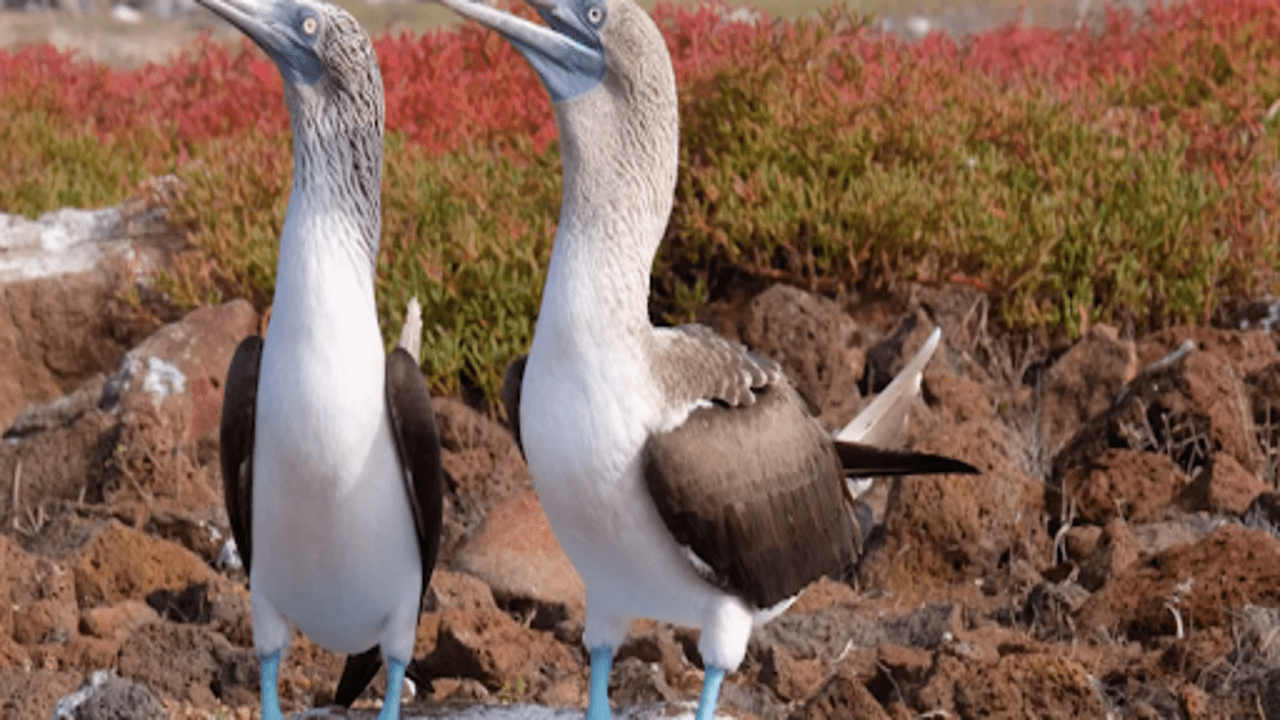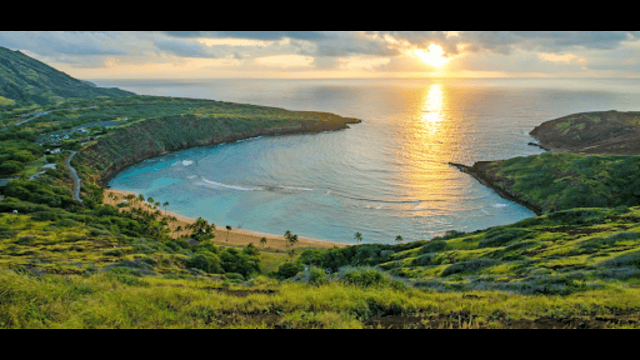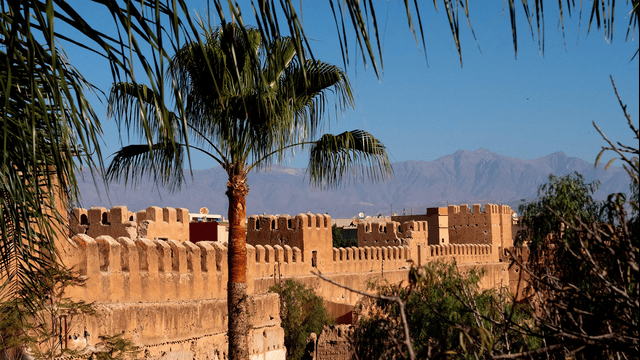
Mating Ritual of the Blue-Footed Booby on North Seymour Island, Galapagos.(Photo credit: Travelpulse)
Starting in August, the cost for visitors to explore the Galapagos Islands will increase from $100 to $200. This significant rise aims to manage the growing number of tourists flocking to this ecologically fragile destination. With over 270,000 people visiting each year, officials are concerned about the impact on the islands' unique environment.
This fee hike marks the first increase since 1998. Most visitors, except those from Argentina, Brazil, and Peru, will need to pay this new entry fee. The Galapagos Islands are a UNESCO World Heritage site, known for their breathtaking landscapes and diverse wildlife. The decision to raise fees aligns with a broader trend seen in popular tourist destinations around the world, such as Barcelona and Bali, which have implemented similar measures to combat overtourism and safeguard their natural resources.
Hawaii is also considering introducing a "Green Fee" of $50 for visitors, aimed at funding conservation efforts in its delicate ecosystems. This raises an important question: Do higher fees truly solve the problem of overtourism, or are they just one part of a more complex solution?
Leaders at Intrepid Travel, a major tour company that offers various trips to the Galapagos, see the fee increase as a necessary step in addressing the escalating issue of tourism impact. Fausto Sarango, the company's General Manager in Ecuador, emphasizes that while these fees are important, they should be part of a more comprehensive approach to managing tourism. He calls for better cooperation among tour operators to control the number of visitors to sensitive areas.
Sarango stresses that the Galapagos are not just a national treasure but a global one. This shared responsibility calls for strategic planning to ensure that the influx of tourists does not harm the environment. The fees collected will support conservation efforts, which are essential given the increasing visitor numbers and their associated ecological risks.
Intrepid Travel is also striving to become the world's first carbon-negative travel company. Sarango urges both travelers and industry leaders to rethink their approach to exploring the planet before it’s too late. He highlights the importance of acting now to protect fragile ecosystems like those in the Galapagos.
The islands themselves are made up of over 100 islands and are often referred to as a "living museum" due to their rare and endangered species. However, the Galapagos Conservation Trust warns of serious ecological issues stemming from the rising visitor count. They note that the increase in land-based tourism is stressing waste management systems, leading to water and food shortages and the risk of invasive species being introduced to the islands.
Despite having a local population of only about 30,000, the islands see a staggering 270,000 tourists each year. This stark contrast highlights the urgent need for measures to protect the Galapagos and ensure that its unique environment remains intact for future generations.















